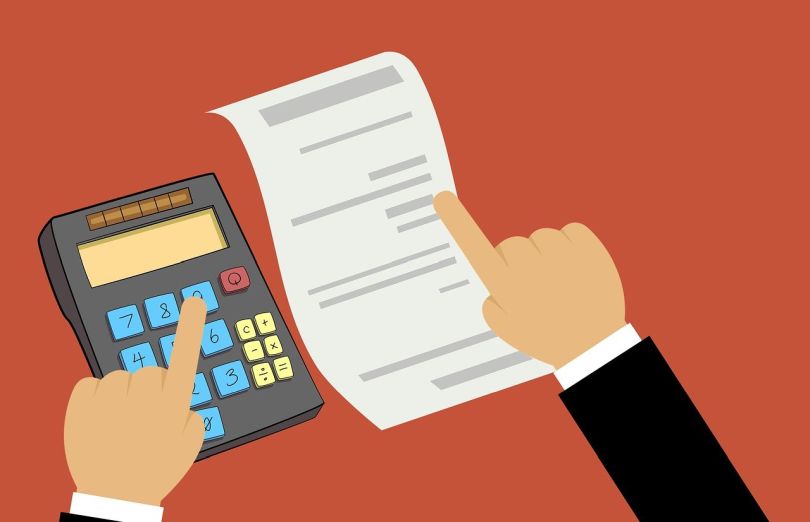How to Create a Budget: A Practical Guide to Managing Your Money

Are you tired of living paycheck to paycheck, constantly stressing about your finances? Do you find yourself wondering where all your money went at the end of each month? If so, you’re not alone. Many people struggle with financial management, but the good news is that there is a solution: creating a budget. Budgeting is a powerful tool that can help you take control of your money, achieve your financial goals, and ultimately lead a more secure and fulfilling life. In this practical guide, we’ll walk you through the step-by-step process of creating a budget that works for you. Get ready to transform your relationship with money and embark on a journey towards financial freedom. Let’s get started.
Assess Your Income and Expenses
Assessing your income and expenses is the crucial first step in creating a budget that reflects your financial reality. Begin by calculating your total income, taking into account all sources of revenue, such as your salary, freelance work, or investments.
You can also get a loan to supplement your income. For instance, you can also use an instant cash advance app to conveniently access short-term loans or cash advances directly from your smartphone or mobile device. These apps provide a quick and convenient way to borrow money when you’re facing unexpected expenses.
Next, track your expenses diligently for a few months to gain a clear understanding of your spending habits. This will enable you to identify areas where you may be overspending and areas where you can make adjustments. By comprehensively assessing your income and expenses, you will have a solid foundation to build an effective budget that aligns with your financial goals.
Set Financial Goals
Setting financial goals provides you with a sense of direction and purpose when creating a budget. Begin by identifying both your short-term and long-term financial objectives. Short-term goals may include paying off credit card debt or saving for a vacation, while long-term goals may involve buying a house or planning for retirement. Prioritize your goals based on their importance and the timeline you have in mind for achieving them.
This will help you allocate your financial resources accordingly and make informed decisions when budgeting. Setting clear financial goals not only motivates you but also serves as a guide to ensure that your budget supports your aspirations and paves the way for financial success.
Create a Realistic Budget
Creating a realistic budget is essential for effective financial planning. Start by categorizing your expenses into different areas such as housing, transportation, groceries, entertainment, and debt payments. Allocate a specific amount of money to each category based on your income and priorities. Ensure that your expenses do not exceed your income to avoid falling into debt. It’s important to include savings as a category in your budget to meet your financial goals.
Aim to save a portion of your income, typically 10-15%. By creating a realistic budget that reflects your income and expenses accurately, you can maintain financial stability and work towards achieving your financial objectives.
Track and Monitor Your Spending
Tracking and monitoring your spending is a crucial step in maintaining a successful budget. Utilize budgeting tools, such as apps or spreadsheets, to record your income, expenses, and savings. Regularly review your budget to assess your progress and make adjustments as needed.
By monitoring your spending habits, you gain valuable insights into where your money is going and can identify areas where you may be overspending. This allows you to make informed decisions and take corrective actions to stay on track with your budget. Consistently tracking and monitoring your spending helps you maintain financial discipline and ensure that your budget remains effective and aligned with your financial goals.
Cut Expenses and Find Savings Opportunities
Cutting expenses and finding savings opportunities is an important aspect of budgeting that can help you maximize your financial resources. Start by identifying discretionary expenses and distinguishing them from essential ones. Look for areas where you can reduce or eliminate expenses, such as dining out less frequently, canceling unused subscriptions, or finding more cost-effective alternatives for goods and services.
Actively seek opportunities to save money, such as shopping for discounts, using coupons, or negotiating better deals on utilities or insurance. By consciously cutting expenses and finding savings opportunities, you can free up more money to allocate towards your financial goals and improve your overall financial well-being.
Plan for the Unexpected

Planning for the unexpected is a vital aspect of budgeting that ensures you are prepared for unforeseen financial challenges. Start by building an emergency fund, setting aside a portion of your income each month to cover unexpected expenses or financial emergencies. Aim to accumulate three to six months’ worth of living expenses in your emergency fund.
Additionally, evaluate your insurance coverage to make sure you have adequate protection for health, home, auto, or other potential areas of financial risk. By planning for the unexpected, you can mitigate the impact of unforeseen circumstances on your finances and maintain financial stability in the face of uncertainty.
Creating a budget is a proactive step towards taking control of your finances and achieving your financial goals. By assessing your income and expenses, setting clear financial objectives, creating a realistic budget, tracking your spending, cutting expenses, and planning for the unexpected, you can build a solid foundation for financial success. Remember, a budget is a dynamic tool that requires regular review and adjustments. With discipline and commitment, you can navigate your financial journey with confidence and make informed decisions to secure a brighter financial future.
